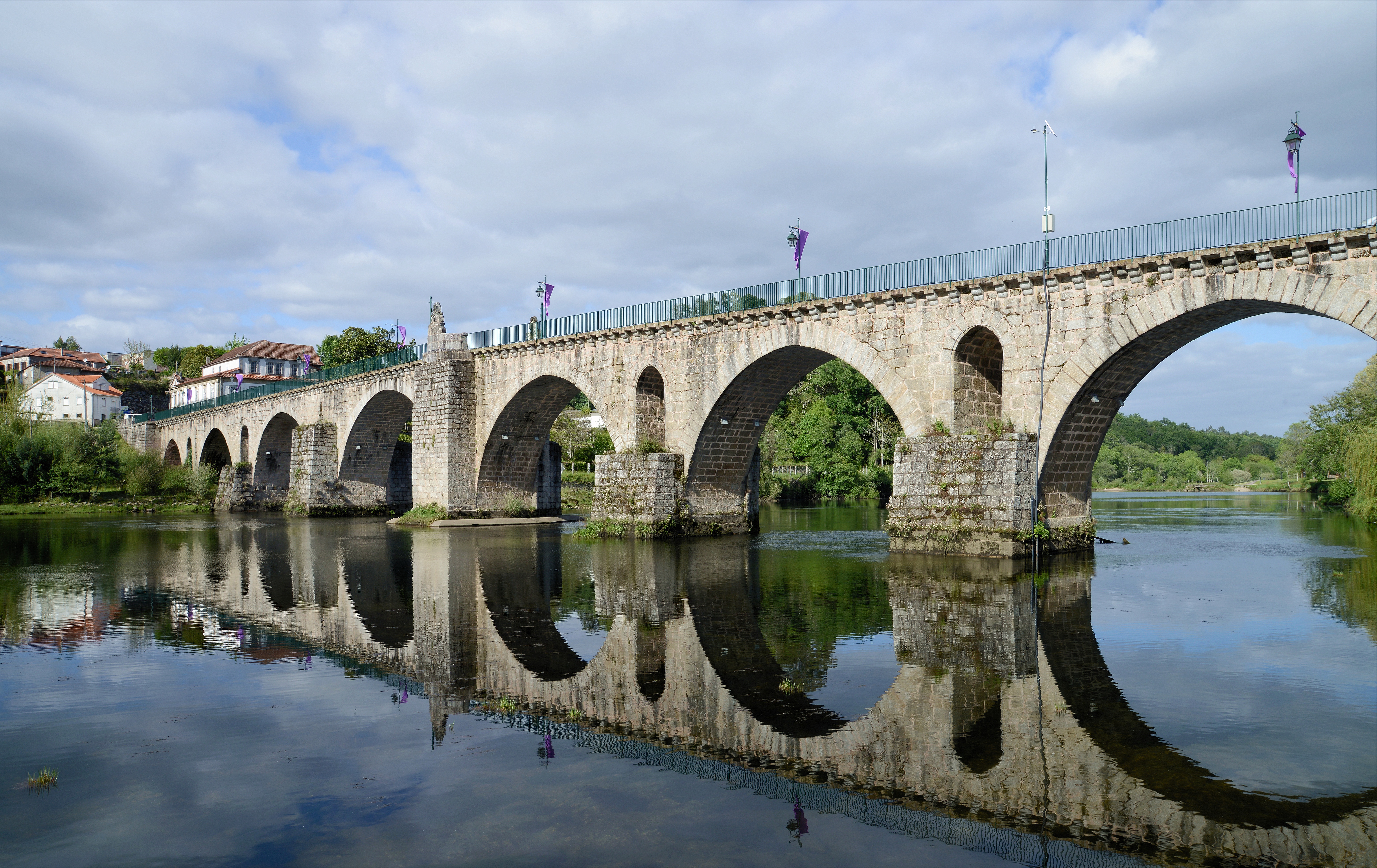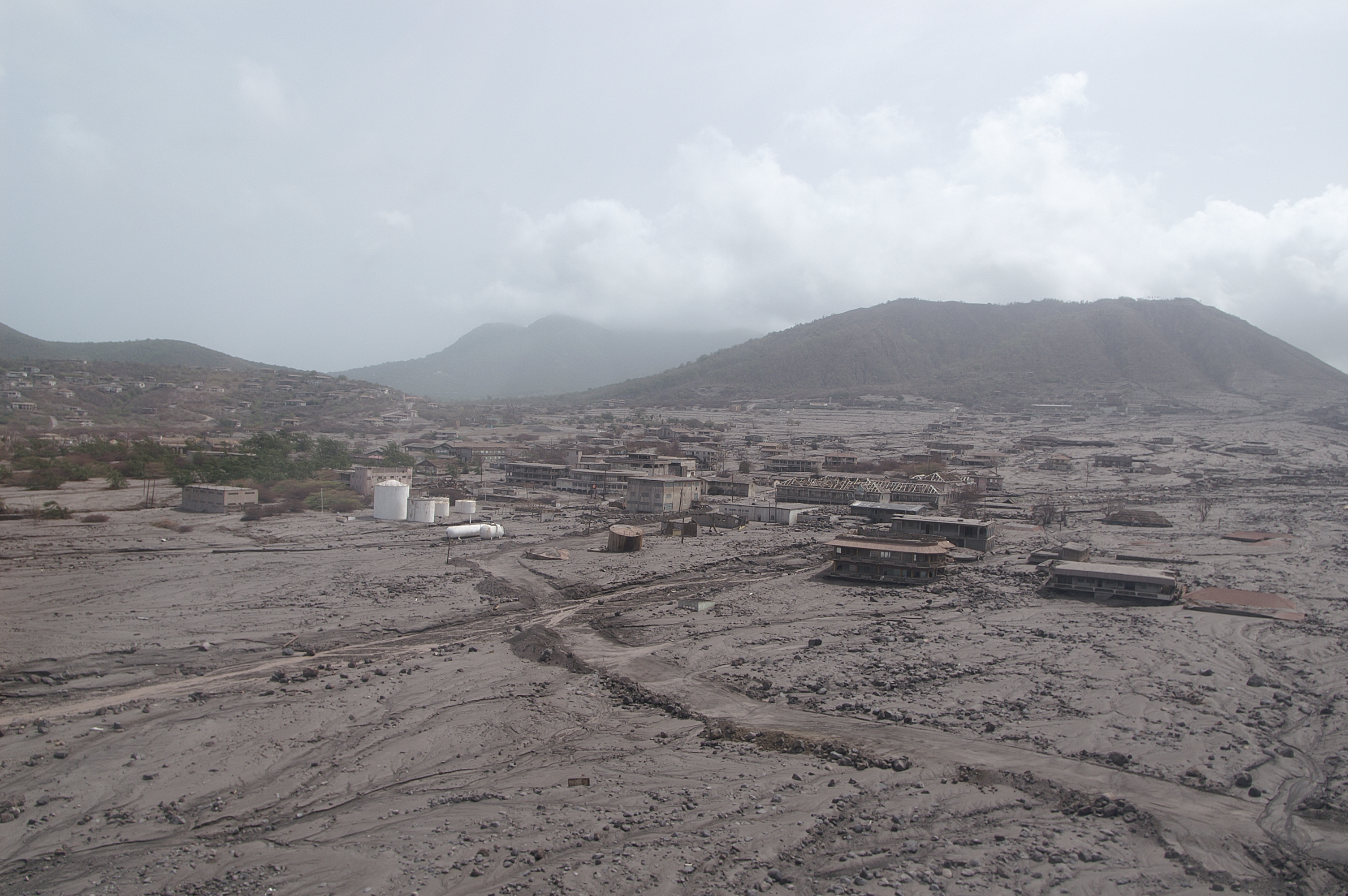|
Lima River
The Lima River (Portuguese name; known as Limia in Spanish and Galician) runs west from the autonomous community of Galicia in Spain to Portugal, where it enters the Atlantic Ocean at Viana do Castelo, covering . Etymology and history The Romans identified the Lima (called ''Limaeas'') with the mythical Lethe and also said that some Celtiberians called it the Belion. Brutus Callaicus became the first Roman to cross the river, carrying his standard with him to convince his frightened soldiers to follow. Description The source of the Lima is Talariño Mountain at above sea level, close to the village of Paradiña in the Sarreaus municipality (Ourense, Spain). In Spain, it extends for and is known by regional names such as Alariño, Freixo and Mourenzo; however, the official term in Galicia is Limia. It crosses the border into Portugal through the reservoir created by the Alto Lindoso Dam () close to Lindoso village, just west of the border between the two countries. The ... [...More Info...] [...Related Items...] OR: [Wikipedia] [Google] [Baidu] |
Ponte De Lima
Ponte de Lima () is the oldest ''vila'' (chartered town, head of a municipality) in Portugal, in the district of Viana do Castelo (district), Viana do Castelo. Situated on the southern bank of the Lima River, it takes its name from the medieval bridge (ponte) that crosses the waterway. In 2021, the municipality had a population of 41,164 within an area of . The town itself has approximately 2,800 inhabitants. The current mayor is Vasco Ferraz, elected by the CDS – People's Party, People's Party (CDS–PP). As of 2024, Ponte de Lima is one of the six municipalities in Portugal administered by this party. The municipal holiday is celebrated on the Tuesday following the ''Feiras Novas'' (New Fairs), a festivity held annually during the second weekend of September. History The area of Ponte de Lima has been inhabited since prehistoric times, with archaeological evidence of settlements dating back over 3,000 years. During the Iron Age, numerous ''Castro culture, castros'' (hillforts ... [...More Info...] [...Related Items...] OR: [Wikipedia] [Google] [Baidu] |
Ponte De Boado Sobre O Río Limia, Nun Tramo Vello Da Estrada N-525
Ponte, a word meaning ''bridge'' in Italian, Portuguese, and Galician languages, may refer to: Places England *Pontefract, a town in the Metropolitan City of Wakefield France *Ponte Leccia, a civil parish (hameau) in the department of Haute-Corse Italy ;Municipalities * Ponte (BN), in the Province of Benevento *Ponte Buggianese, in the Province of Pistoia *Ponte dell'Olio, in the Province of Piacenza *Ponte di Legno, in the Province of Brescia *Ponte di Piave, in the Province of Treviso *''Ponte Gardena'', Italian name for Waidbruck, in South Tyrol *Ponte in Valtellina, in the Province of Sondrio *Ponte Lambro, in the Province of Como *Ponte nelle Alpi, in the Province of Belluno *Ponte Nizza, in the Province of Provincia di Pavia *Ponte Nossa, in the Province of Bergamo *Ponte San Nicolò, in the Province of Padua *Ponte San Pietro, in the Province of Bergamo ;Civil parishes and quarters *Ponte (Rome), a ''rione'' in the City of Rome *Ponte di Cerreto, in the Province of Perugi ... [...More Info...] [...Related Items...] OR: [Wikipedia] [Google] [Baidu] |
Rivers Of Galicia
The rivers of Galicia form part of a dense hydrography, hydrographical network in the Spain, Spanish autonomous community of Galicia (Spain), Galicia and has been described by Otero Pedrayo as “the land of a thousand rivers”. Most rivers are not deep enough to be navigable. However, small boats are sailed in the lower courses of the River Minho River, Minho and several others, as well as at many of the dams. The rivers flowing into the Bay of Biscay (Cantabrian Sea) tend to be very short. Those flowing into the Atlantic Ocean are only a little longer, except for the Minho (340 km) and the River Sil, Sil (225 km), whose lengths are several hundred kilometres. There are numerous rapids, due to the steep gradients of many river courses. In addition to river fishing, rivers have been used to power mills, and dams have been constructed to provide hydroelectric power and water storage. Alphabetical list of Galician rivers A B C D E F G ... [...More Info...] [...Related Items...] OR: [Wikipedia] [Google] [Baidu] |
Ponte Da Barca
Ponte da Barca (; ) is a municipality in the district of Viana do Castelo (district), Viana do Castelo in Portugal. The population in 2011 was 12,061, in an area of 182.11 km2. The present Mayor is Augusto Manuel Dos Reis Marinho, elected by the Social Democratic Party (Portugal), PSD. The municipal holiday is August 24. Climate Ponte da Barca has a Mediterranean climate with oceanic climate, oceanic/humid subtropical climate, humid subtropical influences. It has warm to hot summers and mild, very wet winters. Parishes Administratively, the municipality is divided into 17 civil parishes (''freguesia (Portugal), freguesias''): * Azias * Boivães * Bravães * Britelo * Crasto, Ruivos e Grovelas * Cuide de Vila Verde * Entre Ambos-os-Rios, Ermida e Germil * Lavradas * Lindoso * Nogueira * Oleiros * Ponte da Barca, Vila Nova da Muía e Paço Vedro de Magalhães * Sampriz * Vade São Pedro * Vade São Tomé * Touvedo (São Lourenço e Salvador) * Vila Chã (São João Baptista ... [...More Info...] [...Related Items...] OR: [Wikipedia] [Google] [Baidu] |
The Guardian
''The Guardian'' is a British daily newspaper. It was founded in Manchester in 1821 as ''The Manchester Guardian'' and changed its name in 1959, followed by a move to London. Along with its sister paper, ''The Guardian Weekly'', ''The Guardian'' is part of the Guardian Media Group, owned by the Scott Trust Limited. The trust was created in 1936 to "secure the financial and editorial independence of ''The Guardian'' in perpetuity and to safeguard the journalistic freedom and liberal values of ''The Guardian'' free from commercial or political interference". The trust was converted into a limited company in 2008, with a constitution written so as to maintain for ''The Guardian'' the same protections as were built into the structure of the Scott Trust by its creators. Profits are reinvested in its journalism rather than distributed to owners or shareholders. It is considered a newspaper of record in the UK. The editor-in-chief Katharine Viner succeeded Alan Rusbridger in 2015. S ... [...More Info...] [...Related Items...] OR: [Wikipedia] [Google] [Baidu] |
Ghost Town
A ghost town, deserted city, extinct town, or abandoned city is an abandoned settlement, usually one that contains substantial visible remaining buildings and infrastructure such as roads. A town often becomes a ghost town because the economic activity that supported it (usually industrial or agricultural) has failed or ended for any reason (e.g. a host ore deposit exhausted by mining). The town may have also declined because of natural or human-caused disasters such as floods, prolonged Drought, droughts, extreme heat or extreme cold, government actions, uncontrolled lawlessness, war, pollution, or nuclear and radiation accidents and incidents, nuclear and radiation-related accidents and incidents. The term can sometimes refer to cities, towns, and neighborhoods that, though still populated, are significantly less so than in past years; for example, those affected by high levels of unemployment and dereliction. Some ghost towns, especially those that preserve period-specific ... [...More Info...] [...Related Items...] OR: [Wikipedia] [Google] [Baidu] |
El País
(; ) is a Spanish-language daily newspaper in Spain. is based in the capital city of Madrid and it is owned by the Spanish media conglomerate PRISA. It is the second-most circulated daily newspaper in Spain . is the most read newspaper in Spanish online and one of the Madrid dailies considered to be a national newspaper of record for Spain (along with '' El Mundo'' and '' ABC)''. In 2018, its number of daily sales were 138,000. Its headquarters and central editorial staff are located in Madrid, although there are regional offices in the principal Spanish cities (Barcelona, Seville, Valencia, Bilbao, and Santiago de Compostela) where regional editions were produced until 2015. also produces a world edition in Madrid that is available online in English and in Spanish (Latin America). History was founded in May 1976 by a team at PRISA which included Jesus de Polanco, José Ortega Spottorno and Carlos Mendo. The paper was designed by Reinhard Gade and Julio Alonso. It wa ... [...More Info...] [...Related Items...] OR: [Wikipedia] [Google] [Baidu] |
Aceredo
Lobios is a municipality in the province of Ourense, in the autonomous community of Galicia, Spain. It belongs to the comarca of A Baixa Limia. The estimated population in 2021 was 1,672. The town borders Portugal to the south. Drowned villages The village of Aceredo ( :gl:Aceredo (solagado)) lies within the municipality, but in 1992 it, along with the villages of :gl:Buscalque, O Vao, A Reloeira and :gl:Lantemil, which together had 250 residents, was drowned by the reservoir behind the Alto Lindoso Dam downstream on the Limia River in Portugal. On 15 August 1991 the land was compulsorily acquired by Portuguese company EDP ( Electricidade de Portugal), based on an old deal between Spanish dictator General Franco and former Prime Minister of Portugal Salazar. Residents of all of the villages, supported by left-leaning political parties, immediately began protests against the building of the dam, including a 10-day hunger strike. In the end, with no option but to move, the ... [...More Info...] [...Related Items...] OR: [Wikipedia] [Google] [Baidu] |
Lobios
Lobios is a municipality in the province of Ourense, in the autonomous community of Galicia, Spain. It belongs to the comarca of A Baixa Limia. The estimated population in 2021 was 1,672. The town borders Portugal to the south. Drowned villages The village of Aceredo ( :gl:Aceredo (solagado)) lies within the municipality, but in 1992 it, along with the villages of :gl:Buscalque, O Vao, A Reloeira and :gl:Lantemil, which together had 250 residents, was drowned by the reservoir behind the Alto Lindoso Dam downstream on the Limia River in Portugal. On 15 August 1991 the land was compulsorily acquired by Portuguese company EDP ( Electricidade de Portugal), based on an old deal between Spanish dictator General Franco and former Prime Minister of Portugal Salazar. Residents of all of the villages, supported by left-leaning political parties, immediately began protests against the building of the dam, including a 10-day hunger strike. In the end, with no option but to move, ... [...More Info...] [...Related Items...] OR: [Wikipedia] [Google] [Baidu] |
Alto Lindoso Dam
Alto Lindoso Dam () is a concrete double curvature arch dam on the Lima River. It is located in the municipality Ponte da Barca, in Viana do Castelo District, Portugal. The dam lies in Peneda-Gerês National Park close to the border with Spain. The reservoir created by the dam is known as Alto Lindoso reservoir or Lindoso reservoir. History Construction of the dam began in 1983. On 15 August 1991 the land behind the dam lying in Spain was compulsorily acquired by Portuguese company EDP ( Electricidade de Portugal), based on an old deal between dictators General Franco of Spain and António de Oliveira Salazar of Portugal. Residents of the five villages which were going to be drowned by the dam, Aceredo, Buscalque, O Bao, A Reloeira and Lantemil, supported by left-leaning political parties, immediately began protests against the building of the dam, including a ten-day hunger strike. In the end, with no option but to move, the residents of Aceredo (a town with 70 houses and 120 citi ... [...More Info...] [...Related Items...] OR: [Wikipedia] [Google] [Baidu] |




